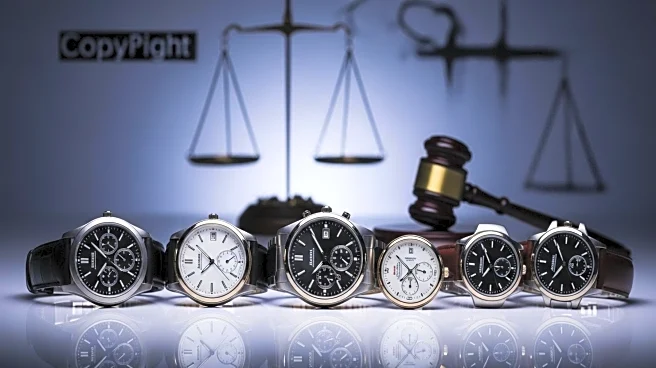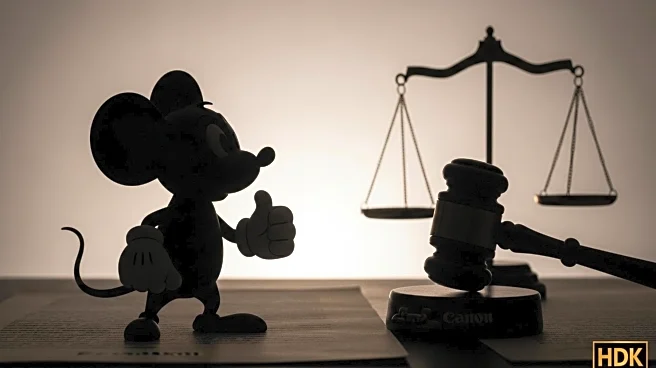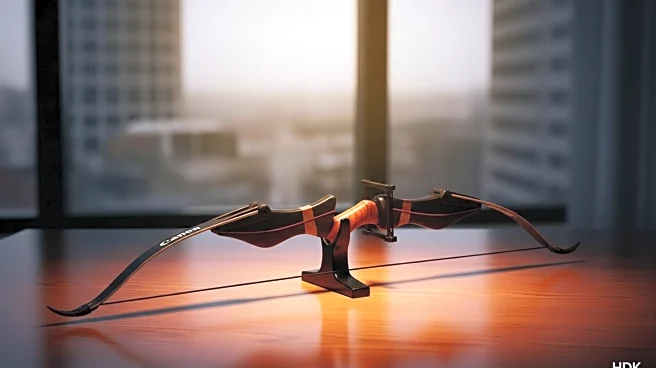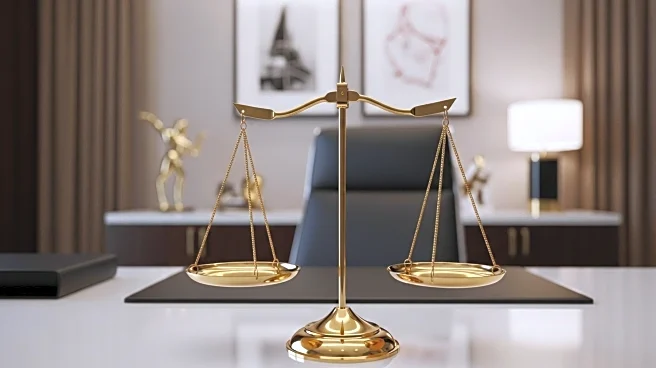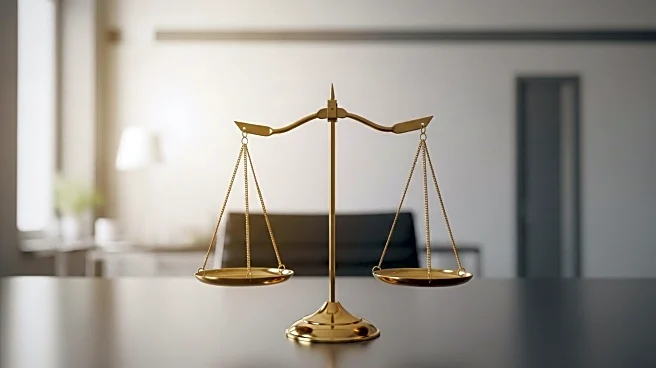What's Happening?
Disney is facing a legal challenge regarding its trademark claims over the 1928 animated short, Steamboat Willie, which features Mickey Mouse. The film entered the public domain last year, allowing its use without copyright obligations to Disney. However, a law firm in Florida is seeking judicial protection from Disney's trademark claims, as the entertainment giant has reportedly attempted to extend Mickey Mouse's protection beyond the copyright expiration date through legal means. The law firm is requesting the court to assert their right to use the film in an advertisement without facing trademark infringement claims from Disney.
Why It's Important?
This legal challenge is significant as it tests the boundaries of trademark law and copyright expiration. Disney's attempt to extend protection over Mickey Mouse through trademark claims could set a precedent for other corporations seeking to maintain control over intellectual property beyond its copyright term. The outcome of this case could impact how public domain works are utilized and challenge the balance between corporate interests and public access to cultural icons. If Disney's claims are upheld, it may discourage the use of public domain works, affecting creators and businesses that rely on these resources.
What's Next?
The court's decision on this matter will be closely watched by legal experts and stakeholders in the entertainment industry. If the law firm succeeds, it could encourage more challenges to corporate trademark claims over public domain works. Conversely, if Disney's claims are upheld, it may lead to increased legal scrutiny over the use of public domain materials. The case may also prompt discussions on the need for clearer guidelines regarding the intersection of trademark and copyright laws.
Beyond the Headlines
The case highlights the ongoing debate over intellectual property rights and the balance between protecting corporate interests and ensuring public access to cultural heritage. It raises ethical questions about the extent to which corporations can leverage legal frameworks to maintain control over widely recognized cultural symbols. The outcome could influence future legislative efforts to address the complexities of intellectual property law in the digital age.


